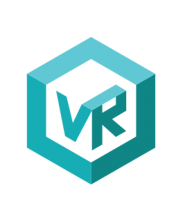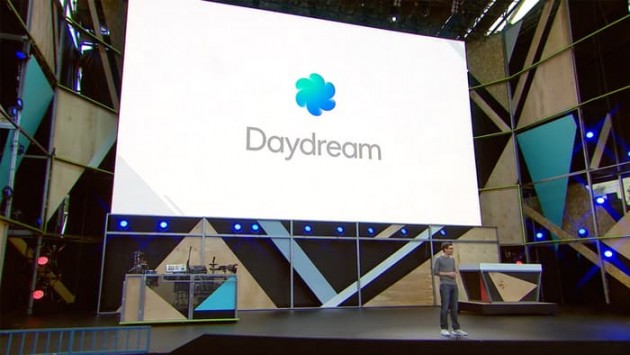It was inevitable really. Considering Google’s penchant for exploring cutting-edge technology, not to mention its success with the Google Cardboard, a new VR device from the Silicon Valley tech giant was pretty much a given heading into this year’s Google.io conference.
It may not be the ‘standalone’ headset many were expecting, but Google’s new Daydream VR ecosystem looks to be something much more exciting. For Opposable, as a developer of premium VR experiences - Daydream offers a whole new way to bring VR to as many people as possible.
A bold step into high-quality mobile VR
For those who’ve yet to read the details, Daydream is a long-term VR ecosystem that plans to create a uniform level of quality across the vast majority of the Android mobile market. This is to be achieved in three parts:
-A new line of smartphones from the key Android manufacturers (Samsung, Huawei etc.) that include a range of VR-friendly technologies. Expect just about every flagship Android smartphone to be ‘Daydream-ready’ moving forward.
-A reference headset design that’s approved by Google but sold in a slightly different form/design by each phone manufacturer. A headset, it should be noted, that includes a strap - so no more holding it up to your face à la Cardboard. This will also be accompanied by an interesting motion controller designed by Google.
-Finally, a more user-friendly app environment with a VR Play Store and many other VR-oriented systems that will be built into the new Android N. This will seemingly be akin to what Samsung has achieved with the Gear VR.

What does this mean for the VR landscape?
In many ways, this is a very natural extension of what Google has provided with Cardboard. That brilliant, if primitive, device allows all Android users to get a taste of VR, but as Google’s own Clay Bavor noted, “there’s a limit to how much you can do, how immersive an experience you can create with some cardboard and phones that were only built to be phones.”
What Google wants now is for mobile VR to provide more than just a taste, but rather a high-quality experience that can contend with the likes of Oculus Rift and HTC Vive. That’s a tall order, but we’d argue you don’t need a super-powered PC to attain immersion. Google’s focus on ‘Daydream-ready’ phones that come packed with the right kit is an excellent move towards consistent VR quality across mobile devices, thereby providing a lot of people with fully immersive VR on the go.
Many people see mobile VR as the future of the medium and the more standardised quality-assurance that Daydream could bring is a huge step in the right direction. That’s without even mentioning how much easier it will be for developers to create better mobile VR games and experiences.
What are the opportunities for developers such as Opposable VR?
So yes, while the release of Daydream will no doubt be great from a consumer standpoint, it also opens up a lot of opportunities for us as VR developers. We love using Cardboard; we’ve created numerous experiences for the device - and we’re currently working on a super-secret Cardboard VR project right now! However, Daydream finally offers a way for us to provide experiences much nearer the quality clients would expect from a Rift or Vive experience, but in a much more convenient form.
Our own lead developer Lukas Roper explains this brilliantly: “A uniform baseline standard for developing on Daydream is really interesting news for us. The process of testing for Daydream products becomes much more akin to testing a product for desktop VR rather than for products such as Cardboard, where the device range is so wide and so much more testing is required to verify your product.”
Daydream, due to its demand for high-tech specifications, a uniform headset and a proper input method, will open the doors for longer, better and therefore more immersive mobile VR experiences. As a company that produces VR experiences for consumer products and experiential marketing campaigns (among other things), the possibilities of consistent, high-end mobile VR through Daydream are incredibly exciting.
Plus, we’ve already got a fair few ideas for ways we’d use that motion controller.
We’ll be keeping a close eye on Daydream as it nears its official release in Autumn (apparently around November time). Be sure to follow our Facebook and Twitter accounts for all of our own developments as well as those across the wider VR industry. We’ll certainly be writing more about Daydream in the future.

20/05 Update:
On Thursday afternoon Google provided a bit of new info on Daydream, so we thought we’d add in some of the key updates.
For us here at Opposable, the inclusion of both the Unity and Unreal game engine is a huge boon. Google revealed at I/O that both engines would have simple plugins that allow VR content to be created for Daydream. Obviously this opens up Daydream to almost every game developer out there, a sensible move given Google’s ‘content first’ rhetoric.
Google also showed a first foray into its own VR content creation with Daydream labs, a fascinating programme that’s focused on developing and learning the core principals of VR development. It’s a wise move given that Daydreams will likely bring a host of new developers to VR.




